Illustration by Maja Stenstam
Deformulation also known as reverse engineering, can be used for various purposes:
- preparing for generica production of pharmaceuticals,
- counterfeit investigations,
- batch-to-batch analysis
- competitor product analysis
- understanding where and in what phase your ingredients are partitioning.
In order to be successful with deformulation one needs not only a set of complementary analytical methods and techniques but as important is patience, creativity and a realisation to tread carefully. This is due to that in order for ingredients to be quantified, they almost always first have to be separated out from the formulation. As you separate you must be absolutely certain you are not changing your ingredient and that you get it all out, retention must be complete and correct. Thus, deformulation is as much about separation and double-checking the identification as it is quantification.
Without the proper ways and order to extract, precipitate, filter and centrifuge your analysis will be wrong and the math will not add up.
Colloidal handles and Analytical methods for deformulation
Thus, in our lab, we use a combination of “colloidal handles” and analytical tools to thread carefully and creatively based on our understanding on how ingredients in formulated products interact. This is possible since we are a team of both physical chemists and analytical chemists! Using this understanding we also know what we can do to take them apart and what it means to them when we filter, centrifuge and precipitate.
There after we use techniques such as
- HPLC with ELS, UV or MS detection
- Raman and IR spectroscopy
- NMR spectroscopy
- Viscometry
- Elementary analysis (ICP-MS)
- Thermogravimetric Analysis (TGA)
So yes, we use fancy machines but first we separate and before that – we think.
From Curida, one of our clients in the pharmaceutical generica world where deformulation is key:
“CR Competence has provided timely, professional and to the point work from start to finish”


